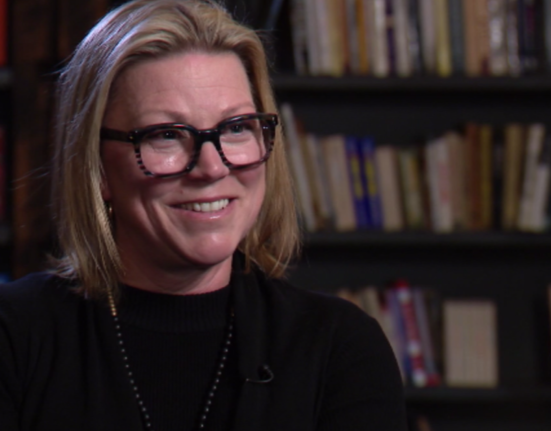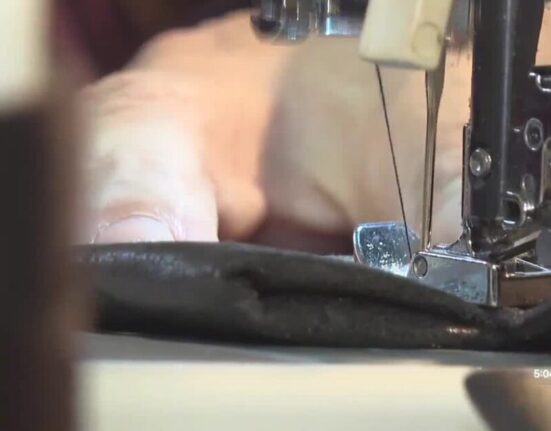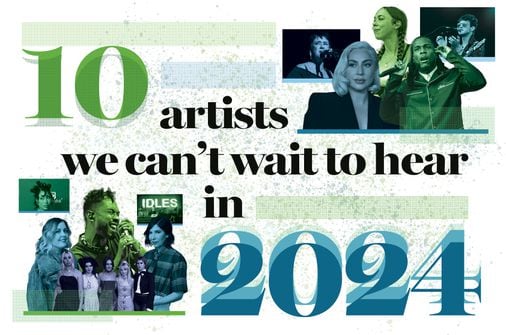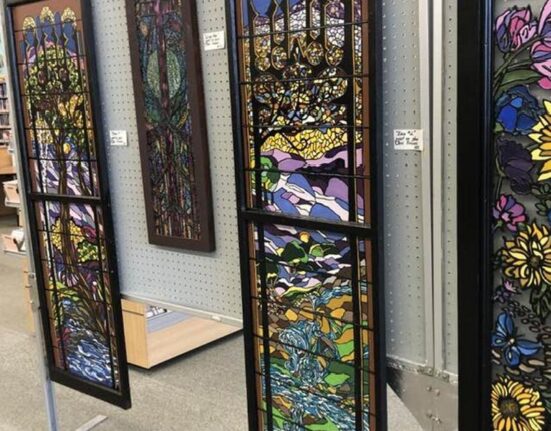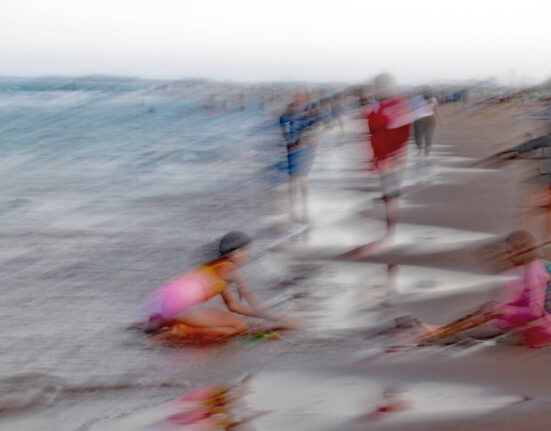PORTLAND, Ore. (KOIN) — Portland State University’s Native American Student and Community Center is a gathering place that provides support and resources for students — and it’s also a recurring site for the Portland Indigenous Marketplace.
The pop-up market is specifically for Indigenous and Black artists and vendors, and is taking place again this Native American Heritage Month.
The market, which will have an upcoming event from Nov. 24-26 from 10 a.m. to 4 p.m. at 710 SW Jackson St. in Portland, serves close to 150 vendors throughout the year.
In October, vendors included Roberta Eaglehorse-Ortiz’s Wombyn’s Wellness Garden, Natalie Mitchell of Natalie Native Art, and Maria Godines of Kind Woman Creations.
Eaglehorse-Ortiz, who is a member of the Oglala-Lakota Yomba-Shoshone tribe and enrolled in the Lower Brule Sioux Tribe, has been a farmer for five years and offers herbs, tea blends and native heritage foods. In fact, she brings in fresh herbs to her booth for prospective customers to see.
“In the springtime, I’ll bring the plant starts and then people can put those plant starts and start their own medicine garden. So I wanna work myself out of a job,” she said, laughing.
Godines, a member of the Confederated Tribes of Warm Springs Reservation, has been doing beadwork since she was 6 and currently makes clothing, baskets and accessories using beads, buckskin, bones and shells.
“All of this stuff that is here today are items you can wear in an office setting or casual wear,” she said, adding there were also items “that are used for powwows or some ceremonial events.”
Mitchell, an enrolled member of the Citizen Potawatomi Nation originally from the Great Lakes region before being forcibly moved to Oklahoma, said she started her beading nearly 30 years ago while she was a teenager and that she was self-taught at a time when past practices of forced removal and prejudice and racism prevented her family and tribe from practicing their culture, “especially as we got further away from Oklahoma.
“There weren’t a lot of marketplaces like this when I was growing up,” she said. “So I love that the children that are at these markets now will only know a time when you could go shop Indigenous.”


